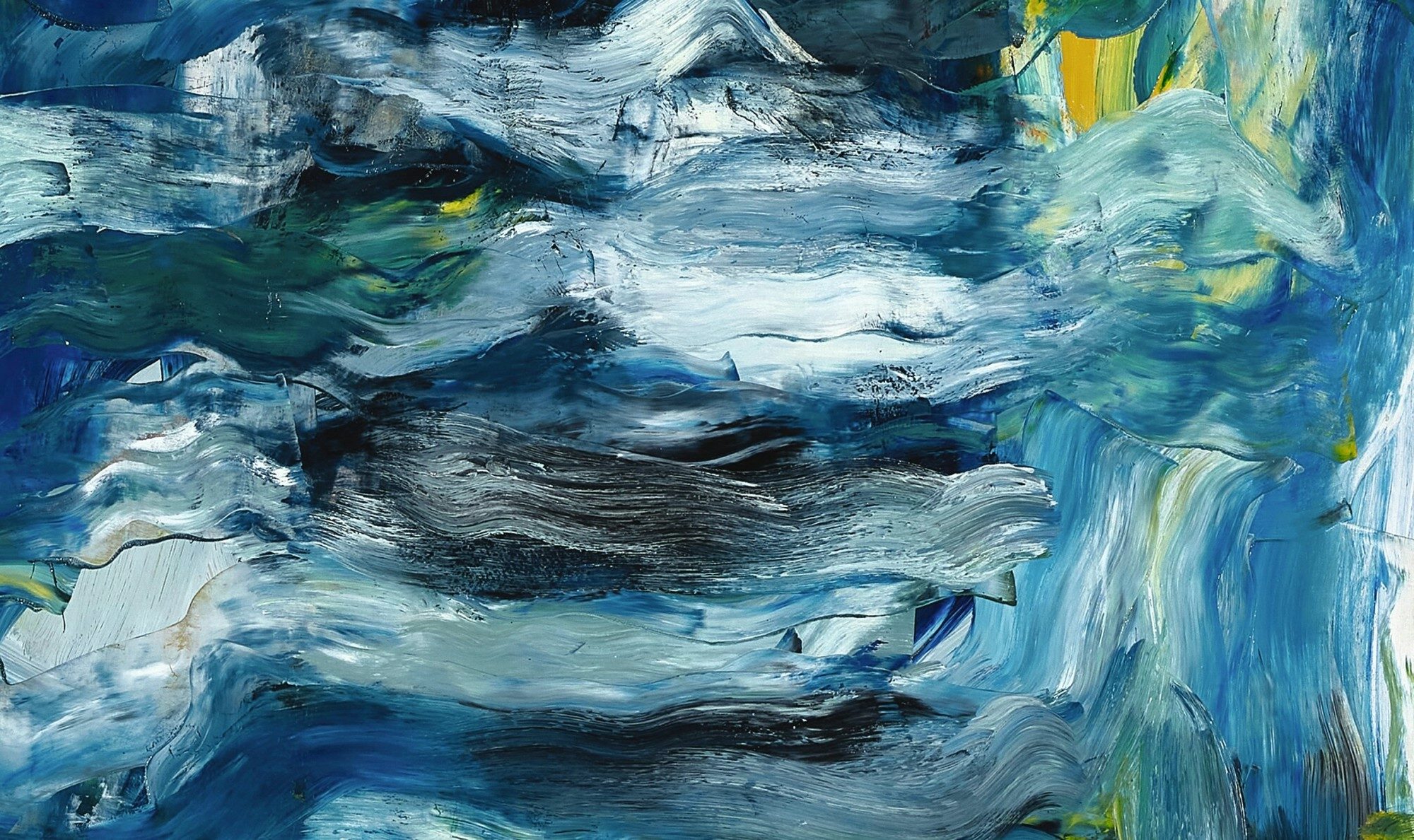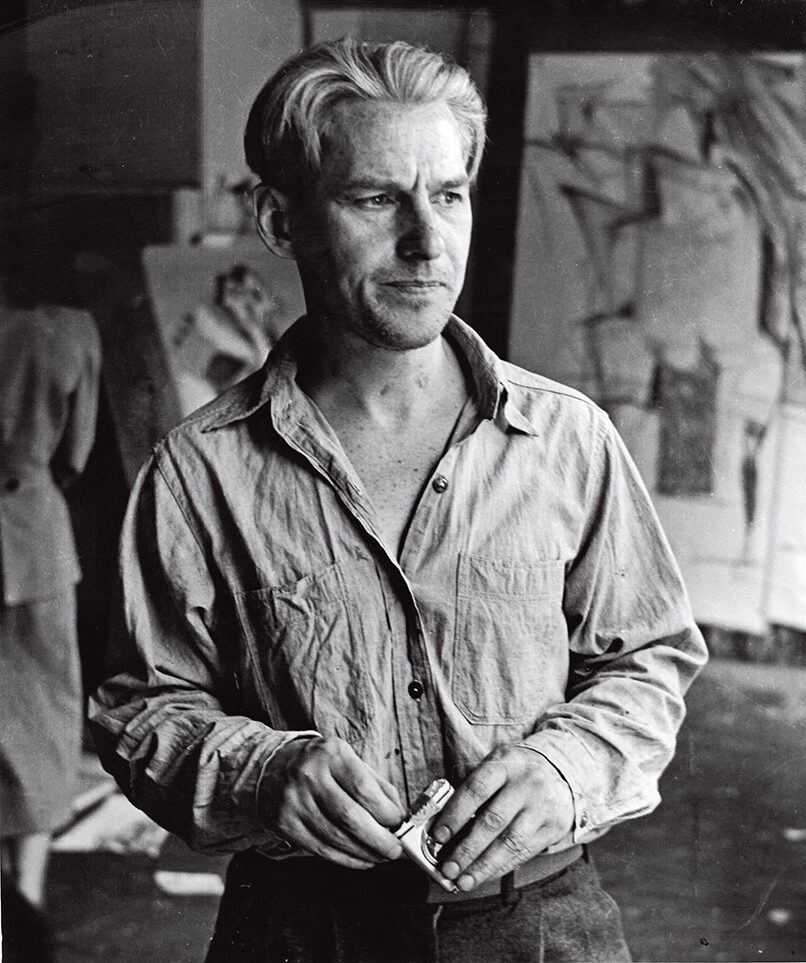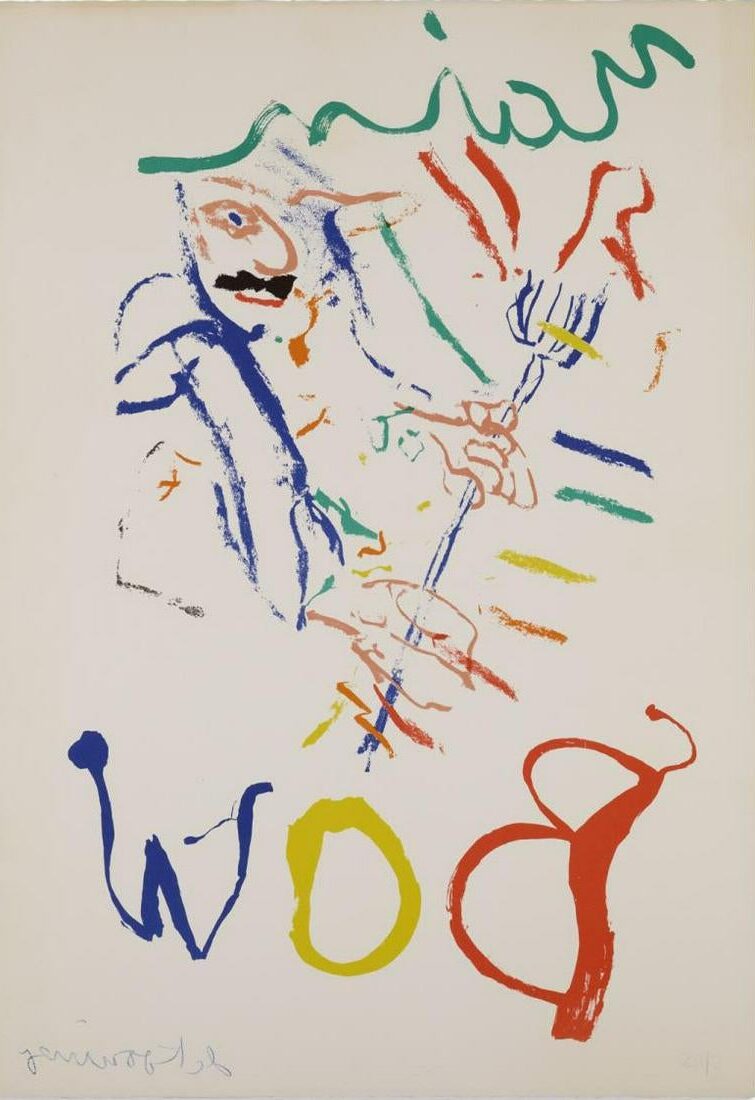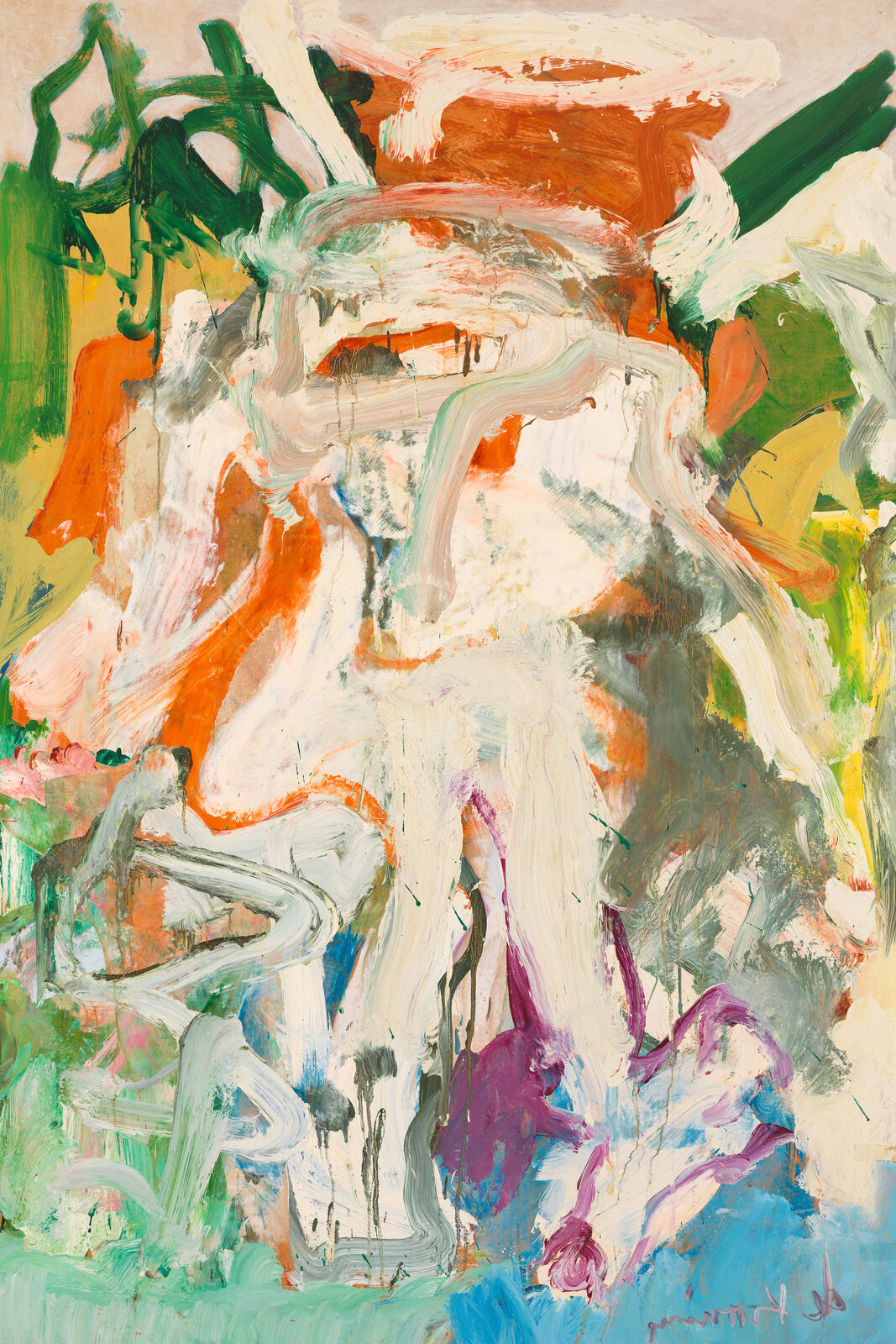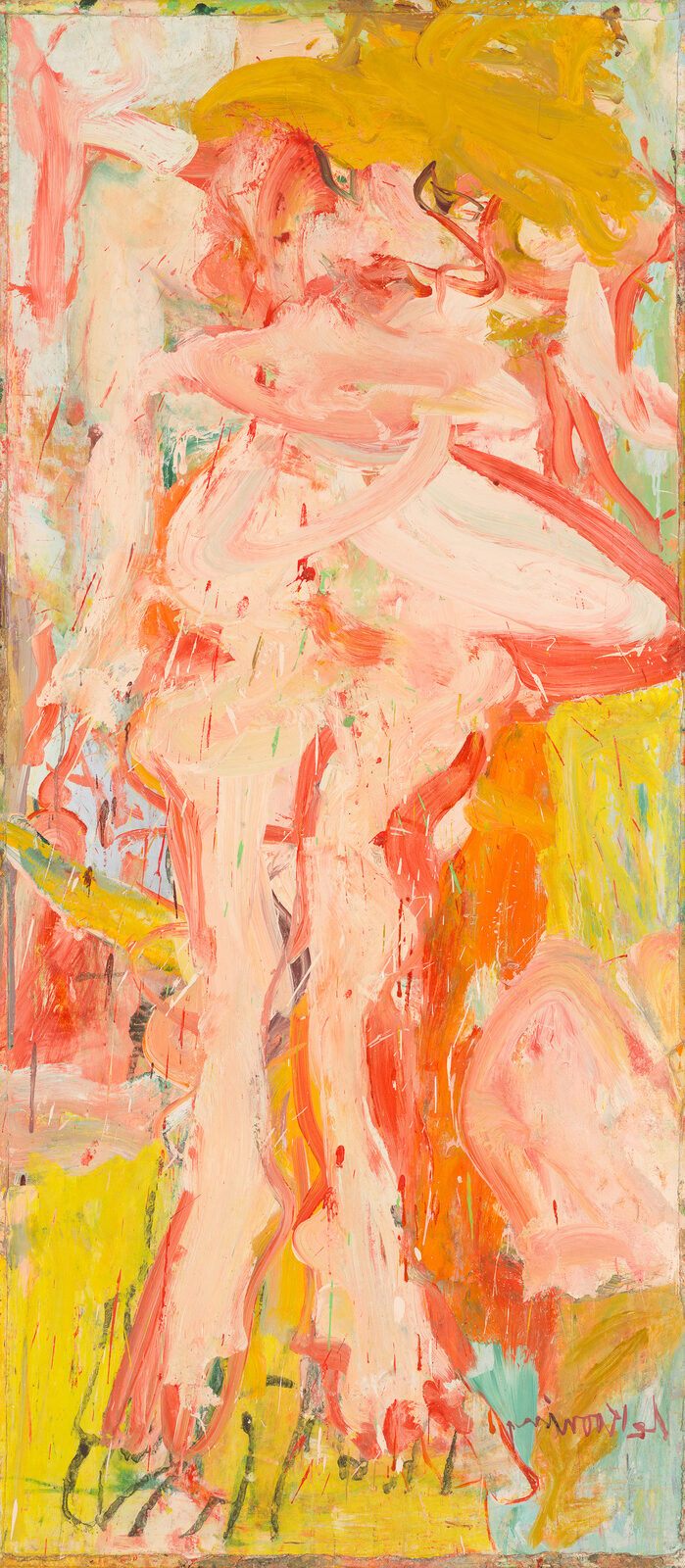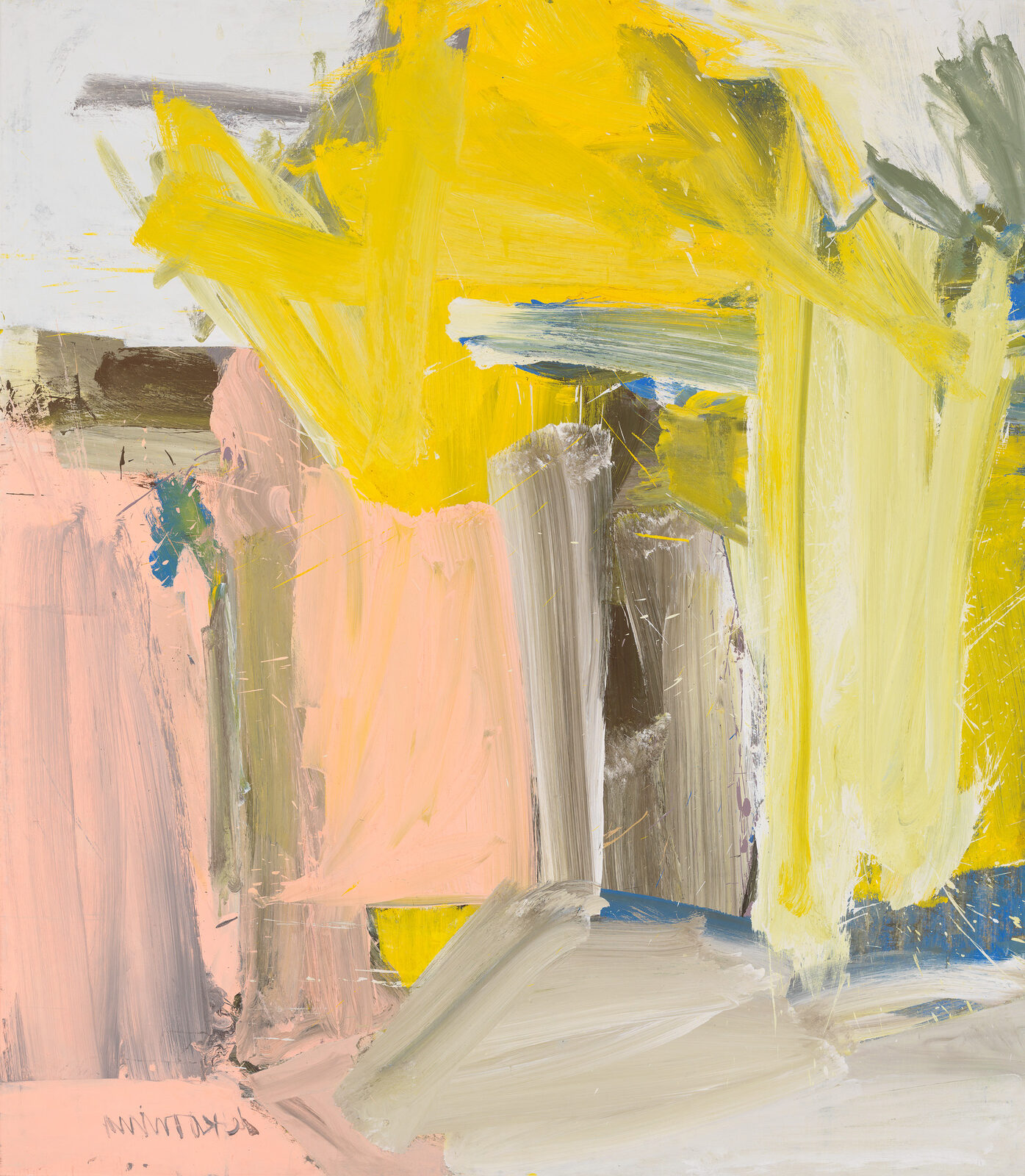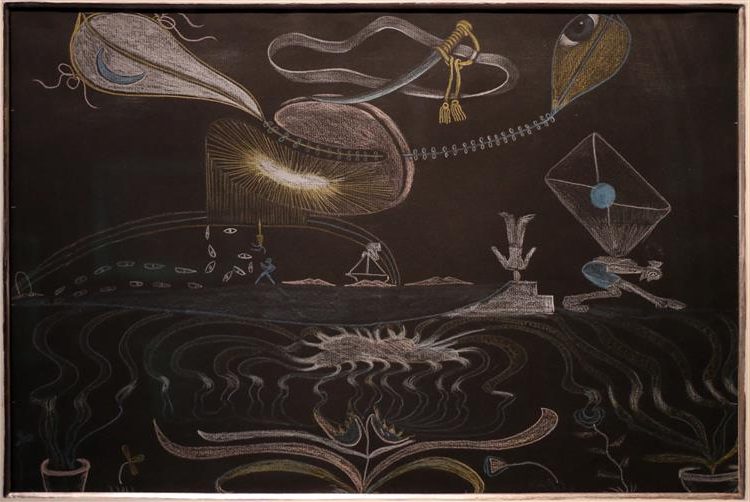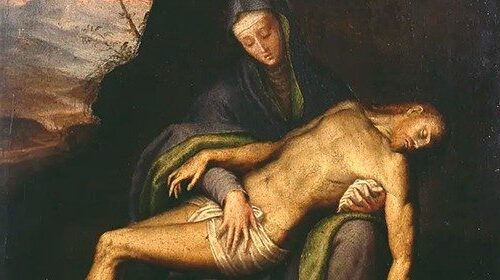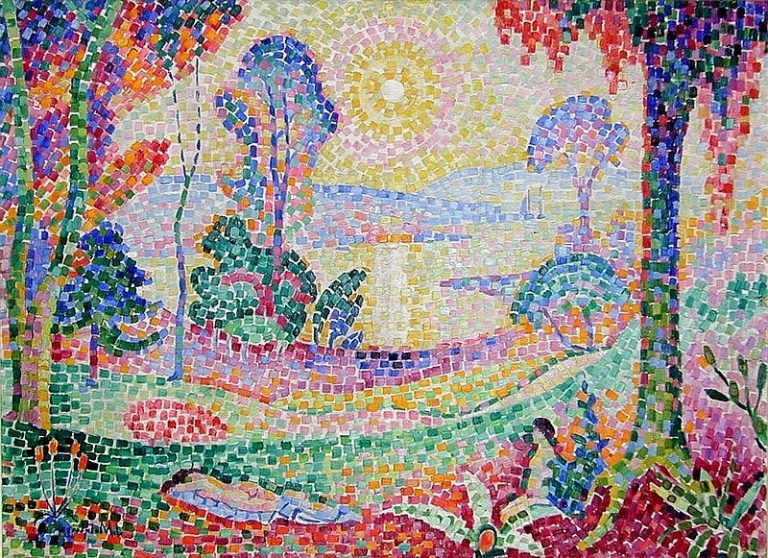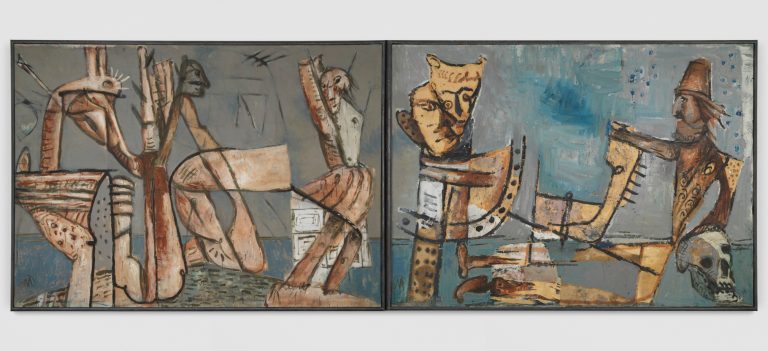Willem de Kooning Painter: The Pioneer of Abstract Expressionism
Born: April 24, 1904, Rotterdam, Netherlands
Death: March 19, 1997, East Hampton, New York
Art Movement: Abstract Expressionism
Nationality: Dutch-American
Influenced By: Pablo Picasso
Institution: Academy of Fine Arts and Applied Sciences (Willem de Kooning Academie)
Willem de Kooning Painter: The Pioneer of Abstract Expressionism
Early Life and Education
Willem de Kooning’s formative years in the Netherlands laid the groundwork for his artistic career. His early life was marked by hardship and formal training that would eventually lead him to become a pioneering abstract expressionist.
Rotterdam Beginnings
Willem de Kooning was born on April 24, 1904, in Rotterdam, Netherlands. His early childhood was difficult, with his parents divorcing when he was only three years old. This family disruption meant de Kooning grew up in relatively impoverished circumstances.
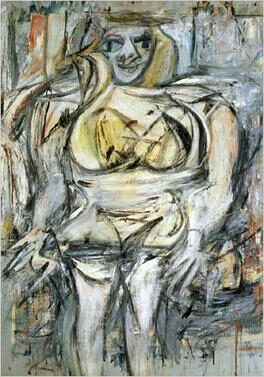
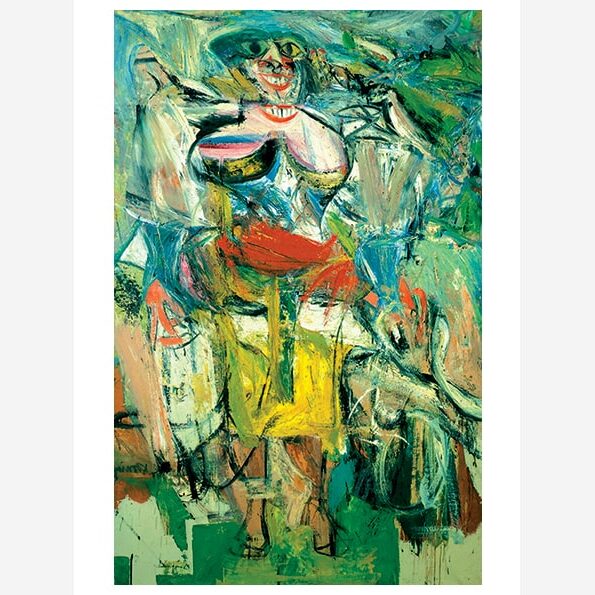
Despite these challenges, his artistic talents emerged early. The port city of Rotterdam, with its industrial landscape and maritime activity, provided visual stimulation that would later influence his work.
By 1920, as a teenager, de Kooning had already begun working professionally. He secured a position with an art director at a large department store, gaining valuable commercial art experience while still living in his home country.
Rotterdam Academy of Fine Arts
De Kooning’s formal education began at the Rotterdam Academy, where he enrolled to study both fine and applied arts. This dual focus gave him a strong technical foundation.
At the academy, he received rigorous training in traditional artistic disciplines while also learning practical commercial art skills. This combination of fine art principles and practical application would serve him throughout his career.
His studies emphasized drawing techniques, composition, and color theory—all elements that would later appear in his abstract expressionist works, though transformed.
In 1926, at age twenty-two, de Kooning made the life-changing decision to emigrate to the United States. This move marked the end of his Rotterdam period and the beginning of his American artistic journey.
Artistic Career and Evolution
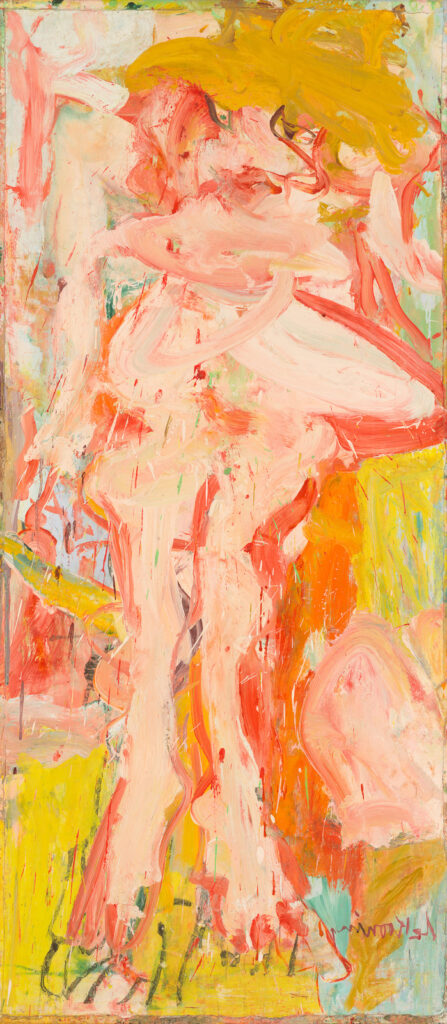
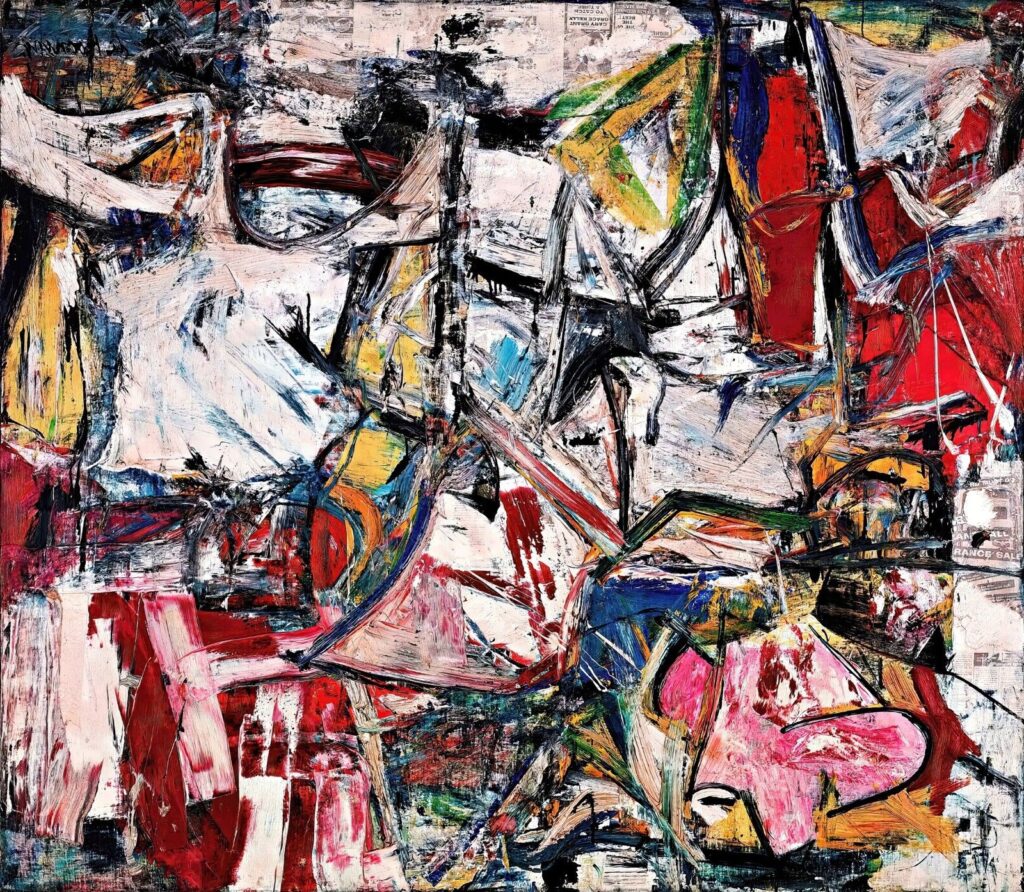
Willem de Kooning’s artistic journey took him from commercial art to becoming a pioneering figure in Abstract Expressionism. His distinctive style emerged through various influences and creative relationships that shaped 20th-century art.
New York School and Abstract Expressionism
De Kooning arrived in Manhattan in 1926, initially working in commercial art. By the 1940s, he had become a central figure in the New York School, a group of artists that transformed American art after World War II.
His breakthrough came with his first solo show at the Charles Egan Gallery in 1948. Critics and fellow artists recognized his powerful gestural style that combined abstraction with figuration.
Art critic Harold Rosenberg coined the term “Action Painting” to describe de Kooning’s approach. This dynamic painting method emphasized the physical act of creating art as important as the finished work.
The Museum of Modern Art exhibited his work in landmark shows that established Abstract Expressionism as America’s first internationally significant art movement.
Influence of Picasso and Cubism
Picasso’s work profoundly impacted de Kooning’s artistic development. He studied the Spanish master’s techniques of fragmenting and reassembling forms.
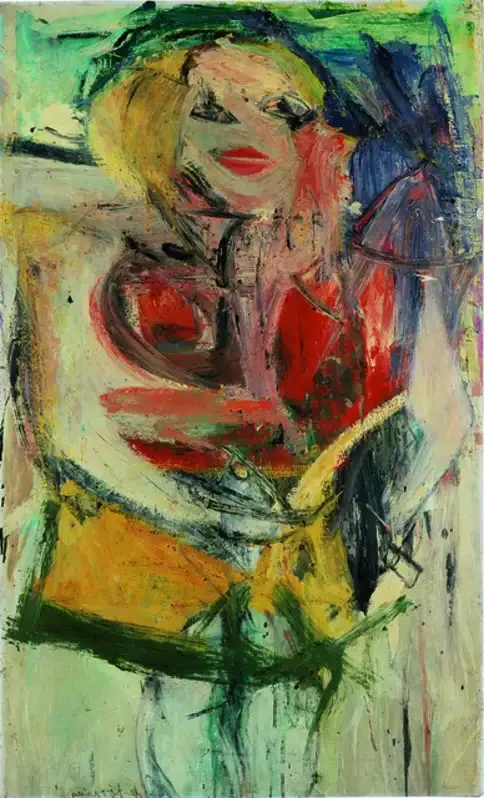
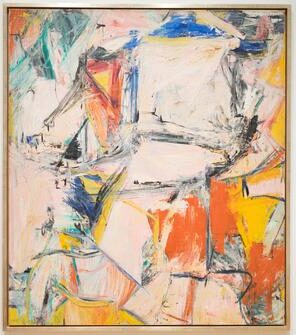
De Kooning adapted Cubist principles but maintained his own distinct style. Unlike Picasso, he never fully abandoned representation, creating works that balanced between abstraction and recognizable forms.
His famous “Women” series (begun in the early 1950s) shows this balance clearly. These paintings feature distorted female figures with fragmented body parts arranged in compositions that reflect Cubist influence.
De Kooning’s approach to space and form borrowed from Cubism but incorporated more gestural, spontaneous brushwork that became his signature.
Collaborations and Friendships
De Kooning formed crucial friendships with fellow artists that shaped his career. His close relationship with Arshile Gorky proved particularly influential on his early development.
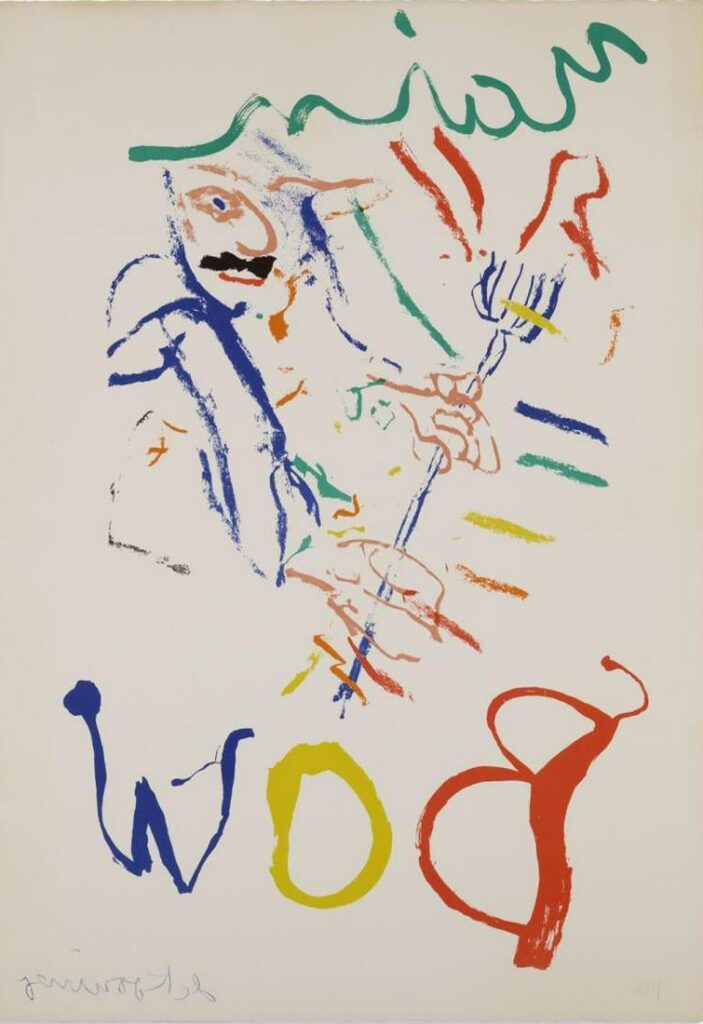

Jackson Pollock and de Kooning maintained a respectful rivalry that pushed both artists to new creative heights. Though their styles differed dramatically, they shared a commitment to artistic innovation.
Art dealer and critic John Graham introduced de Kooning to important collectors and helped establish his reputation in the New York art world.
Franz Kline became another important colleague. The two artists often exchanged ideas about abstract painting techniques and approaches to composition.
These artistic relationships created a vibrant community that supported experimentation and bold new directions in American art history.
Legacy and Recognition
Willem de Kooning left an indelible mark on the art world through his groundbreaking abstract expressionist works and distinctive style. His influence continues to resonate in contemporary art circles, with his paintings commanding significant attention in major museums worldwide.
Major Works and Exhibitions
De Kooning’s “Woman I” (1950-52) stands as one of his most recognized works, displaying his unique approach to figurative abstraction. This painting, along with “Excavation” (1950), secured his place in art history.


The Museum of Modern Art in New York holds several key de Kooning pieces in its permanent collection. His works are also prominently featured at the National Gallery of Art, Metropolitan Museum of Art, and the Hirshhorn Museum and Sculpture Garden.
The Wadsworth Atheneum Museum of Art hosted an important early exhibition of his work. Despite beginning his career during the Great Depression, de Kooning eventually achieved significant commercial and critical success.
Awards and Honors
De Kooning received the Presidential Medal of Freedom in 1964, America’s highest civilian honor. This recognition highlighted his contributions to American art and culture.

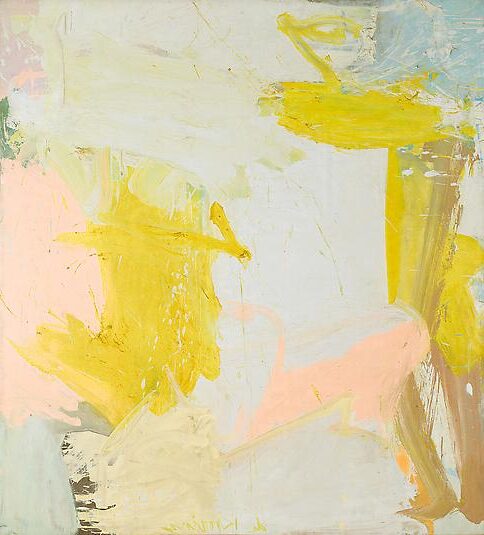
He was awarded the Logan Medal for his outstanding achievements in art. Throughout his career, his works appeared in thousands of exhibitions worldwide.
De Kooning’s first one-man exhibition occurred in 1948, marking the beginning of widespread recognition from museum curators and critics. His lithographs and paintings have sold for millions at auction, further cementing his legacy in the art market.
His distinct style influenced generations of artists who followed, making him a pivotal figure in the development of abstract expressionism and American art at large.
Frequently Asked Questions
Willem de Kooning’s art and life inspire many questions from art enthusiasts and collectors. His innovative techniques, personal relationships, and significant artworks continue to fascinate people around the world.
What is the most expensive painting by Willem de Kooning ever sold?
“Interchange” (1955) holds the record as the most expensive Willem de Kooning painting ever sold. The abstract expressionist masterpiece was purchased for $300 million in 2015 by hedge fund manager Kenneth C. Griffin.
This painting represents a critical moment in de Kooning’s artistic development, marking his transition between figurative and abstract styles.
The high price reflects both the painting’s artistic significance and de Kooning’s immense influence on twentieth-century art.
How does Action Painting reflect Willem de Kooning’s artistic style?
Action Painting is clearly visible in de Kooning’s energetic brushwork and spontaneous approach to the canvas. His physical movements became integral to his artistic expression, with each stroke capturing his bodily gestures.
De Kooning embraced the unpredictable nature of working with wet paint, allowing drips and smears to remain as evidence of his process.
His technique involved both adding and scraping away paint, creating complex layers that reveal the history of each painting’s creation.
Can you tell me about Willem de Kooning’s relationship with his daughter, Lisa de Kooning?
Lisa de Kooning was born in 1956 to Willem and his wife Joan Ward. Despite Willem and Joan’s separation, he maintained a close relationship with his daughter throughout his life.
Lisa became the administrator of her father’s estate after his death in 1997. She worked diligently to preserve his artistic legacy until her own untimely death in 2012.
She established the de Kooning Foundation, which continues to promote understanding and appreciation of her father’s work.
What are some notable contributions of Elaine de Kooning to the art world?
Elaine de Kooning was a significant abstract expressionist painter in her own right, not just Willem’s wife. She created vibrant portraits and landscapes that displayed her unique artistic vision.
Elaine was also an influential art critic, writing for ARTnews and helping shape conversations about abstract expressionism.
Her most famous commission was a portrait of President John F. Kennedy, completed after his assassination, which demonstrated her ability to capture both physical likeness and emotional presence.
In what ways did the ‘Woman’ series change the course of Willem de Kooning’s career?
The ‘Woman’ series, begun in the late 1940s, established de Kooning as a controversial and pioneering figure in abstract expressionism. These works challenged the movement’s trend toward pure abstraction by reintroducing figurative elements.
The aggressive brushwork and distorted female forms sparked intense debate about gender representation in art. Critics were divided, with some viewing the works as misogynistic while others saw them as complex explorations of the human form.
This series cemented de Kooning’s reputation for fearlessly crossing boundaries between abstraction and figuration.
Why is the artwork ‘Excavation’ by Willem de Kooning considered significant?
‘Excavation’ (1950) represents a crucial transition point in de Kooning’s artistic development. The large-scale canvas (about 6.5 by 8.5 feet) showcases his masterful ability to create complex spatial relationships.
The painting’s layered composition suggests archaeological digging. Forms seem to be uncovered and buried again throughout the creative process.
Art historians consider ‘Excavation’ one of de Kooning’s most important works. They say it demonstrates his unique approach to abstract expressionism. He combines elements of cubism, surrealism, and his own innovative techniques.

